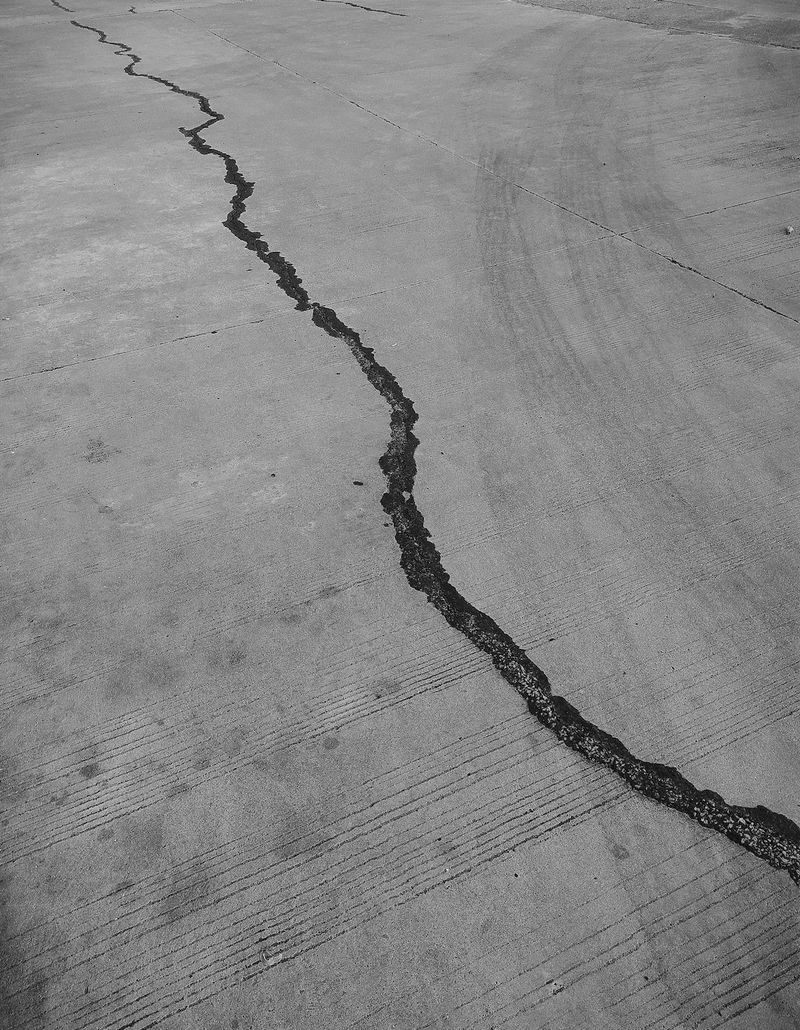Staffordshire earthquake causes rumbling and homes to shake
Residents in Staffordshire, UK experienced an earthquake on Wednesday evening, with reports of “rumbling” and rattling windows and doors. The quake, measuring 3.3 magnitudes, had its epicentre in Tean, Staffordshire, according to the British Geological Survey (BGS). The effects were felt as far away as Yorkshire, with people taking to social media to describe the experience. This earthquake is the largest of 21 earthquakes that have struck the UK in the last two months.
Witness Accounts
Residents in Tean and nearby areas recounted their experiences during the earthquake. Kelvin Evans, from Upper Tean, reported hearing a “very loud, weird, spooky noise” that seemed to vibrate the front of his house. Another Tean resident, Jenni Brown, thought a vehicle had veered off the road and bumped into the side of her house. Carol Heather, from Hilderstone, described feeling an impact and noise so loud that she thought it was a bomb. Mark Begg, from Uttoxeter, felt a “very large shake” and assumed it was a mini-earthquake after finding no signs of damage to his house.
Other areas, such as Derbyshire and Sheffield, also reported feeling the tremor. In Sheffield, people in the High Storrs area felt the tremor clearly, while in Ranmoor, the effects were described as a slight rumble.
Expert Opinions
Dr Ian Stimpson, a senior lecturer in geophysics at Keele University, stated that the area had not historically been prone to earth tremors. He suggested that the earthquake was likely a natural occurrence rather than a result of former mines. David Hawthorn, a seismologist from the BGS, also agreed that the quake was unlikely to have been caused by disused mine shafts due to its depth of 7-8 km (4.3-4.9 miles).
Hawthorn noted that the earthquake was “reasonably big” in a UK context but significantly less powerful than the deadly earthquake that struck Turkey in February. He mentioned the possibility of aftershocks, although they are expected to be smaller in magnitude.
Causes of Earthquakes
An earthquake occurs when tectonic plates, large pieces of flat rock on the Earth’s surface, rub together and release energy waves due to friction. These waves cause tremors and shakes, resulting in an earthquake. Earthquakes can happen wherever there is a fault or weakness in the Earth’s crust, but major earthquakes typically occur at plate boundaries.
Conclusion
The recent earthquake in Staffordshire has caused disruption and alarm among residents. While the earthquake was not as powerful as some global seismic events, its occurrence in an area not historically prone to earth tremors has raised questions. Experts believe it was a natural earthquake and not caused by former mines. The occurrence of 21 earthquakes in the UK in the last two months might indicate a period of increased seismic activity, and it is essential for researchers and authorities to continue monitoring and studying these events for a better understanding of their causes and potential risks.
Sources:

<< photo by Shefali Lincoln >>
The image is for illustrative purposes only and does not depict the actual situation.
You might want to read !
- Aftermath of Gas Explosion Leaves Dozens Injured in Central Paris
- “Remembering the Life and Legacy of Religious Broadcaster Pat Robertson”
- “Manchester United Shares Soar as Qatar Media Hints at Possible Takeover Bid”
- “Djokovic Breaks Record with 23rd Grand Slam Win, Surpasses Nadal”
- “New York’s Iconic Waldorf Astoria Heads to Las Vegas Strip”
- Colleen Ballinger Responds to Grooming Allegations Through Musical Artistry
- “Examining David Goodwillie’s Controversial Return to Professional Football”
- Madonna’s Tour Hangs in Limbo as Intensive Care Forces Delays
- Liverpool’s Pursuit of Dominik Szoboszlai: A Transfer Deal in the Making?
- “Facing Mortality: Michael Rosen’s Journey of Hope and Resilience”
- “Idris Elba tackles Cockney terrorists in adrenaline-pumping real-time thriller Hijack”




